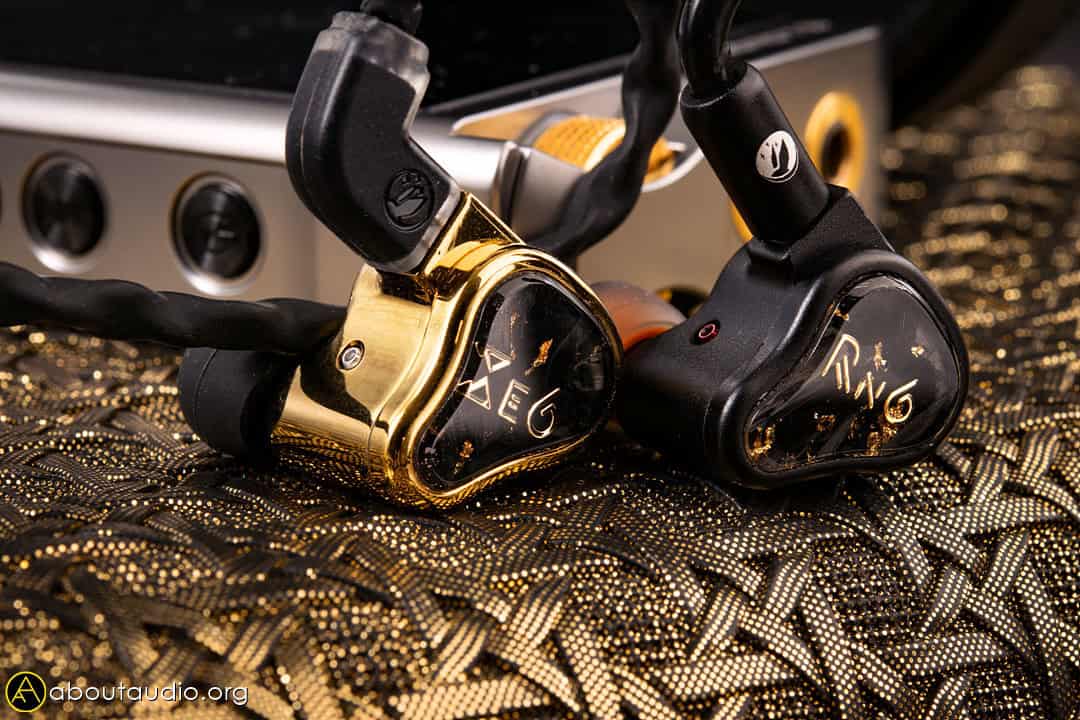
Compared to FIR Audio M5 (Review link)
While XE6 and M5 share the same position that they are the flagships of FIR IEMs, their sound signatures are very different. In contrast, M5 has a more balanced sound with less sub-bass, providing a calmer sound signature with a linear lower-vocal thickness. But then again, the bass performance is incomparably stronger on XE6 – in resolution, ultra-low extension, thickness, quantity, etc.
FiR XE6’s Kinetic Bass makes the sound grand and expansive, and this naturally leads to a much larger, wider sound that almost makes M5’s sound imaging feel tiny. When it comes to the scale of sound, soundstage, and bass performance, the XE6 is far superior to the M5. However, there are elements that M5 does better than XE6. First is the more balanced and “reference” sound as mentioned, and another is the analyticity of the upper frequencies.
While XE6 has great extension and details for trebles that match with M5 if not superior to M5, M5’s brighter and airier mid-range provides a cleaner stage for the vocals, as well as the treble layering to be expressed more neatly than XE6. If you prefer a stronger, thicker, and more grand sound than the M5, there’s no doubt that XE6 would be a perfect upgrade, yet due to the sound signature difference, if you desire a more balanced or calmer sound signature, the M5 is still a more than relevant flagship IEM that is worthy to choose even to the current standards.

Compared to FIR Audio Radon 6 (Review coming soon)
While carrying most of the lush XE6’s bass properties, Rn6 is revamped as a more balanced, clarity-focused version of XE6. This means lesser low-mid quantity and presence, though not sacrificing much on the ultra-low extension. The bass vibration and rumbles may be less intense, but the clarity and ultra-low extension are just as solid and clear as the Xe6. Rn6’s bass has higher transparency and brightness but is leaner; I’m talking only in contrast to Xe6, Rn6’s bass is still very thick and full-bodied which would live up to the basshead’s expectations.
Vocals are also different – while Xe6 has a mildly damp texture and warm timbre, Rn6 has a relatively drier and neutral timbre – or a more “water-like” timbre. The vocal temperature isn’t much different on Rn6 but only slightly airier than Xe6, yet for those who just needed a little more shine on the mid-range would fine Rn6 just perfect. However, the thick density and wideness that Xe6 brings to the mid-range is a field that Rn6 has to surrender.
The grand, thick, and large headroom generously filling up beyond the head is still Xe6’s signature and unique property. Of course, the differences aren’t night and day – I would say Rn6 does 80% of what Xe6 does, and most of these impressions are felt from the lows and mids. Going all basshead or if you’re a person who goes in and out between the basshead mode and fairly-reference mode would be the main question that would answer which to choose, if you should go for Xe6 or Rn6.

A Dream Choice for the Bassheads that also Need Details
Xenon 6 is a stellar flagship earphone if not an irreplaceable example of how an IEM could produce TOTL-quality bass with gigantic dynamics and realistic expressions, all while respecting the analyticity and the tonal balance. Due to its expansive, highly dynamic characteristics for all three ranges (lows, mids, highs), the Xenon 6 could have easily resulted in producing a messy, chaotic sound where the sound gets clustered and tangled up in phasing.
Yet the fact that Xenon 6 sounds just as neat and accurate proves the “FIR Techs” aren’t gimmicks but an actual creative way for FIR Audio to do their basshead sound in the neatest way possible. I’d also like to highlight nice separation as well, as Xenon 6 hasn’t either underdone or overdone the separation, but targeting that sweetspot of offering clean-cut separation but also keeping the overall sound cohesive and intact with each other.
There’s no doubt that Xenon 6 is one of the very best, if not the #1 if I have to suggest an end-game basshead IEM for those who truly want that strong, lively bass slams and expansive, gigantic mids – but now also accompanied with accuracy and upper-end extensions that you would never be able to achieve from most other IEMs. While I rarely make bold statements, yet there’s no need to look for others when it comes to getting the TOTL basshead IEM – my confident answer would be to choose the Xenon 6.



